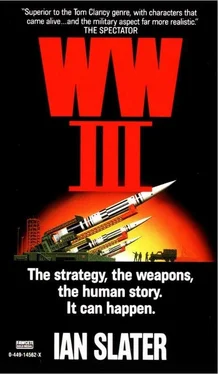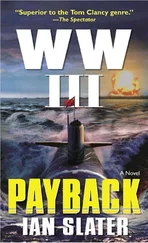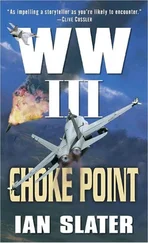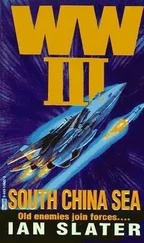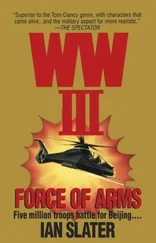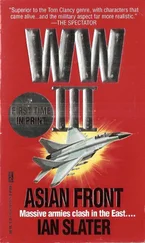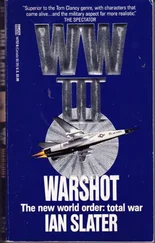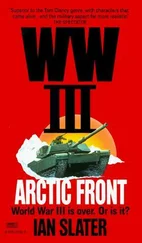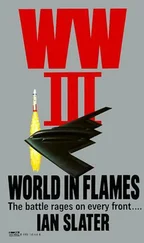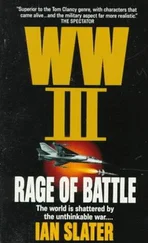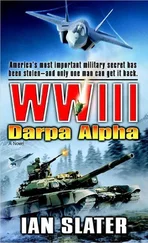* * *
A UPI — United Press International — stringer, celebrating Independence Day with relatives from Kwangju in the southwest Cholla province, had taken his visitors up on the cable car to the top of Namsan, or Nam Hill, to escape the muggy, tear-gassed atmosphere of the city, relishing the cooler temperatures atop the observation tower that rose another four hundred feet above the nine-hundred-foot hill. With the vast bowl of the city stretching all around them, he pointed southward to the site of the old 1988 Olympics on the far side and to the nineteen bridges that spanned the Han River.
Looking northward through the coin telescope, they could just make out the tearoom and restaurant atop Pugak Skyway, and beyond it, blue, smoky ridges that obscured the DMZ. The wind shifted, clearing parts of the city previously hidden by tear gas, and off to the southwest, they could discern the suburban sprawl running either side of the Han spreading westward to the harbor and industrial clutter of Inchon twenty miles away. Beyond Inchon there was a metallic glint, the Yellow Sea, separating Korea from China, broken here and there by the gray slivers of American warships.
The stringer excused himself from his relatives and called the four emergency wards closer to the city center before phoning his contact at Severance International around 9:40 a.m. Yes, said the contact, a nurse’s aide, there was something she could tell him: A young man — name on the security card Lee Sok Jo— brought in about an hour ago had just died. Brian hemorrhage, they thought. After repeating the name to make sure he’d got the spelling right, the stringer, exiting the booth and adopting the fourth level, or tone, due the most elderly of his relatives, excused himself to make one more call — to UPI’s downtown office. He could feel his pulse racing. With a civilian dead, he knew it was no longer just another riot. It was now, as his American colleagues would say, “a whole new ball game.”
Within minutes the name “Lee Sok Jo” was on the wire services all around the world and being simultaneously broadcast on Seoul’s four major radio stations and the U.S. armed forces network in Korea.
By midafternoon, students at all eighty-seven colleges and universities throughout the ROK had declared “war” on the government for its “massive brutality.” Within two hours the riots were nationwide. By 3:15 p.m., despite official denials, Lee Sok Jo had become the latest martyr of the struggle against the “oppressive imperialistic regime of the South Korean government — puppets of Washington.” When fumbling bureaucrats finally discovered that Lee Sok Jo was not a student but had in fact been a KCIA agent, this information was deliberately withheld by the government, for fear it would be seized upon by the students as further evidence that security agents were being used as agents provocateurs and spies against them.
It was a gift to both the leftists and the Democratic Reunification Party. The police could not contain the riots, beaten back by hails of pavement stones and Molotov cocktails. Scores of police and students were injured, some seriously, the worst fighting occurring around Myongdong Cathedral, eight blocks southwest of the Secret Garden, the gardens themselves now all but deserted.
Agent Chin called the vendor in from Chamshil and replayed as much news and police video as he could get his hands on. Not surprisingly, no matter how many times Chin “froze” the film, zooming in for a close-up, the vendor couldn’t pick out the stranger he’d seen in the Myongdong from the crowd, particularly as many of them were wearing either blue or white gauze masks as protection against the pepper gas. Whether the North Korean agent had reached a phone in the gardens during the night and enlisted the leftists’ help in getting him out of the gardens, or whether he’d simply lucked out, Chin would never know.
* * *
By 4:00 p.m. the situation, especially around Myongdong Cathedral, was rapidly getting out of control. Exhausted riot squads, Chun among them, charged repeatedly through choking, riot-strewn streets, only to find themselves reeling under new onslaughts of stone and fire, many driven back so far, they ended up crashing into the long “congo” lines of arrested students who, heads bowed, holding one another’s waists as ordered, were snaking through the rubble, herded by National Police to waiting paddy wagons.
At 4:15, a momentary hush, not unlike those experienced in the midst of a village shaman’s incantations, suddenly descended upon the feuding students and police. Even the endless swirl of humanity about the pagoda-shaped Namdaemun, or Great South Gate, slowed to a crawl, as a Buddhist monk, in his early twenties, assumed the lotus position, poured kerosene over himself, and struck a match. For a second his saffron robes were as one with the flames, his charred torso curling into the fetal position like burnt paper.
Immolations by several other monks in Kwangju and in the always politically discontented “Cinderella” province of South Cholla injected more tension and violence into the increasingly chaotic scenes of Seoul. Finally at 9:00 p.m. that evening, South Korean President Rah felt he had no option but to call in the army. For the first time in ten years, rioters were confronted with live ammunition.
The troops were ordered to fire overhead and did so, but several, firing just as a new hail of projectiles rained down upon them, instinctively lowered their weapons, their volley tearing into the panicked crowd. Two students were killed, seven badly wounded. Several Democratic Unification Party leaders were arrested, along with most of the known leftist leaders, a few of whom the riot police had nabbed in their sweep through the Secret Garden. The government announced it would put them on trial for insurrection.
KBS, the Korean Broadcasting System, Yonap, and Kodo, the Japanese wire service, together with the three American networks and the BBC foreign service, had it all live.
In Washington, it was now 8:00 a.m. — too late for the visuals and sound bytes to run on “Good Morning America” and its ilk, but in plenty of time for the networks’ much more influential evening news broadcasts.
The arrests triggered further riots. Leftists and Reunification Party members under house arrest now called for general strikes, but Rah’s government was determined not to give in.
At 10:05 p.m. Radio Pyongyang reported that it was deeply distressed by the situation in the South, and described in glowing terms the earlier arrival at Panmunjom of the more than ten thousand “peace” marchers from the South. Pyongyang television then showed pictures of the North and South Korean students joyously greeting one another, and then as dusk had fallen, bidding each other farewell in a moving, nostalgic rendition of “Uriuisowon’un-tongil”— ”Our Wish Is Reunification.”
* * *
Major Tae and his guards, having watched the rally from the southern side of the DMZ, were convinced that more students were now heading south than had arrived in the DMZ that morning. A perfect opportunity, Tae thought, for the NKA to slip infiltrators across. Accordingly he ordered the ROK’s DMZ unit at Panmunjom to halt everyone on Unification Highway after they had cleared the DMZ and to carry out a thorough identity check.
The students, objecting vehemently, as he knew they would, were incensed enough to fight, but the ROK troops stationed along the DMZ were heavily armed and less tolerant than riot police. Besides, now that it was dark, student leaders knew television coverage would be minimal and so advised their fellow protestors not to resist the U.S.-ROK search but rather to show dignified solidarity in the face of the “imperialist lackeys.” Despite the downpour of a thundershower, the single file stretched out for over two miles, inching forward, each student being searched for arms and false papers.
Читать дальше
